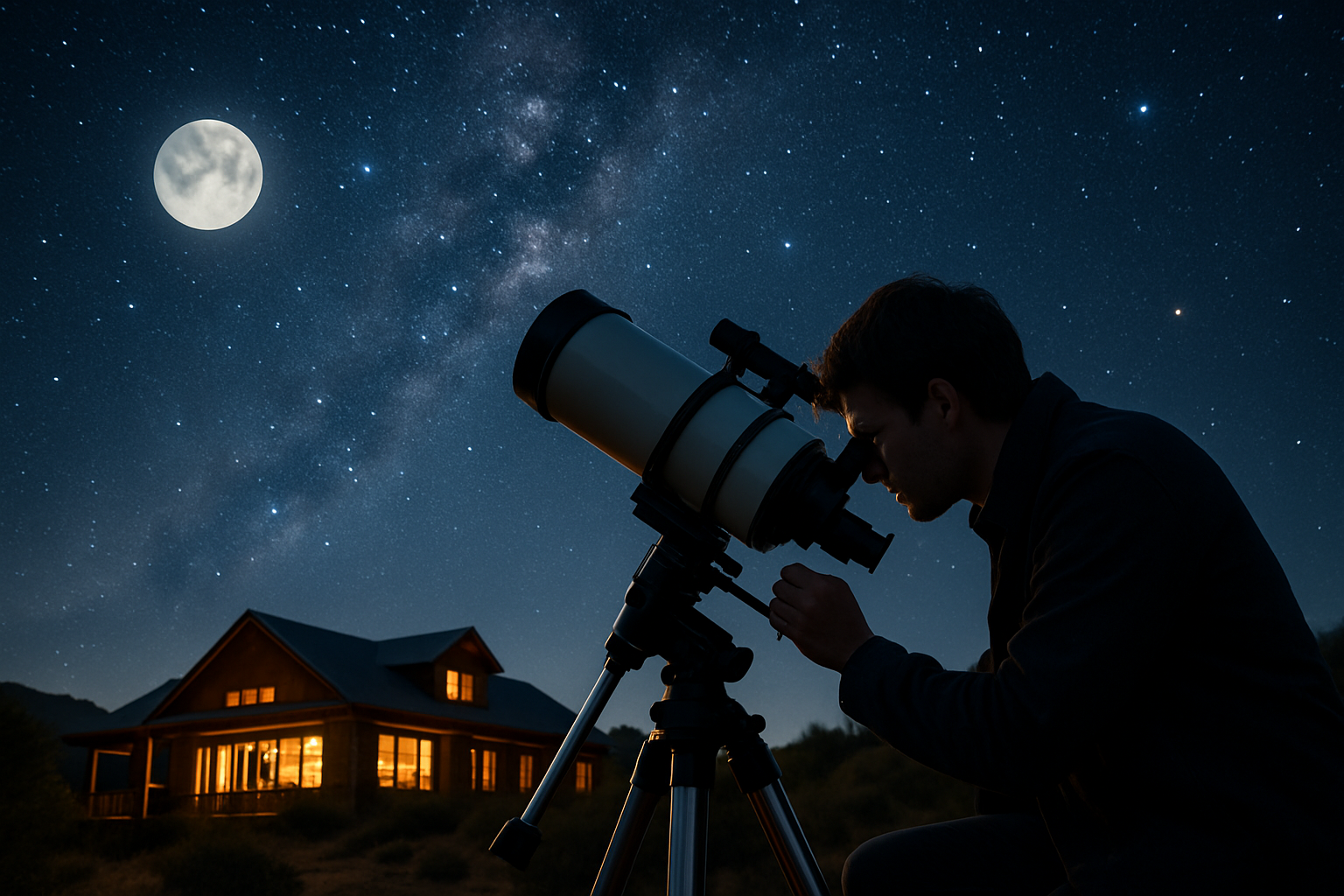Astro-Tourism: Stargazing Adventures Redefining Night-Time Travel
The cosmic allure of the night sky has captivated humanity for millennia, but a new travel trend is taking our celestial fascination to new heights. Astro-tourism, the practice of journeying to dark-sky destinations for unparalleled stargazing experiences, is rapidly gaining traction among travelers seeking unique nocturnal adventures. This emerging niche combines the thrill of exploration with the awe-inspiring beauty of the universe, offering a fresh perspective on nighttime travel and redefining how we experience the world after dark.

Astronomical Accommodations: A New Frontier in Hospitality
The astro-tourism boom has sparked innovation in the hospitality industry, with hotels and resorts designing unique accommodations tailored to stargazers. Glass-roofed igloos in Finland, bubble domes in Ireland, and open-air sky beds in Australia are just a few examples of how the industry is adapting to meet the demands of astro-tourists. These specialized lodgings not only provide comfort but also offer immersive experiences that allow guests to fall asleep under a canopy of stars, blurring the lines between indoor luxury and outdoor adventure.
Technology and Celestial Exploration
Advancements in technology are playing a crucial role in enhancing the astro-tourism experience. Powerful telescopes, astronomy apps, and astrophotography equipment are becoming more accessible to travelers, allowing for deeper engagement with the night sky. Many destinations now offer guided stargazing tours led by astronomers, equipped with state-of-the-art tools to help visitors identify constellations, planets, and even distant galaxies. This fusion of technology and nature is creating educational opportunities and fostering a greater appreciation for our universe.
Cultural and Scientific Impact
Astro-tourism is not just about observing stars; it’s also reviving ancient celestial traditions and supporting scientific research. Many indigenous cultures have long-standing connections to the night sky, and astro-tourism is helping to preserve and share these cultural narratives. Additionally, some observatories are opening their doors to tourists, allowing visitors to participate in citizen science projects and contribute to astronomical research. This unique blend of cultural exchange and scientific engagement is adding depth to the astro-tourism experience and creating more informed and connected global travelers.
Economic and Environmental Considerations
The growing popularity of astro-tourism is bringing economic benefits to remote areas that previously saw little tourist activity. However, this influx of visitors also raises concerns about environmental impact and the need for sustainable practices. Dark sky reserves are implementing strict lighting policies and visitor management strategies to protect their pristine night skies. Travelers are encouraged to practice responsible tourism, minimizing light pollution and respecting the delicate ecosystems of these often-pristine locations.
Stargazer’s Guide: Essential Tips for Celestial Adventures
• Plan your visit around the lunar calendar; new moons offer the darkest skies for optimal viewing
• Invest in red-light headlamps to preserve night vision while navigating in the dark
• Allow at least 20 minutes for your eyes to fully adjust to the darkness
• Use star chart apps to easily identify celestial objects
• Consider joining a guided tour for expert insights and access to professional equipment
• Pack warm layers, even in summer, as temperatures can drop significantly at night
• Bring a comfortable reclining chair or blanket for extended viewing sessions
• Check local weather forecasts for clear sky predictions
As we look to the stars for our next travel adventures, astro-tourism stands as a testament to our enduring fascination with the cosmos. This unique form of travel not only offers breathtaking experiences but also fosters a deeper connection with our universe and our place within it. By venturing into the darkness, we paradoxically shed light on new dimensions of travel, proving that sometimes, the most illuminating journeys happen after the sun goes down.





